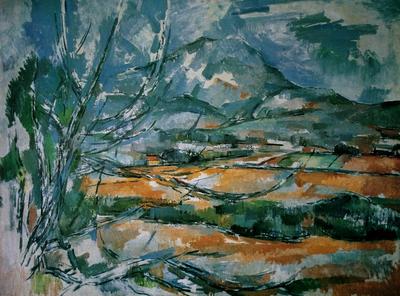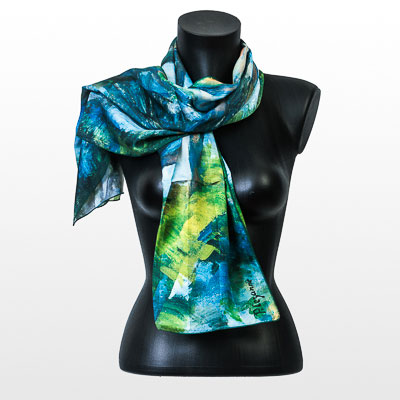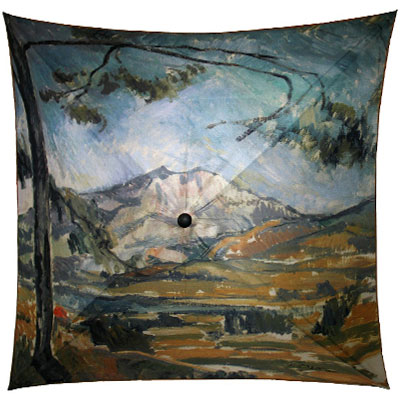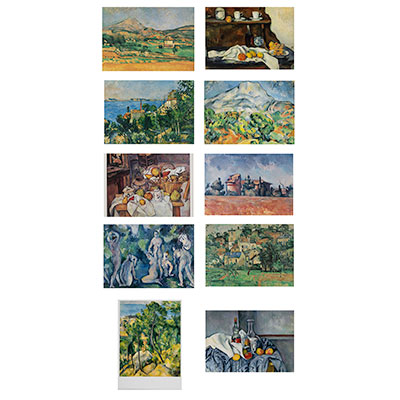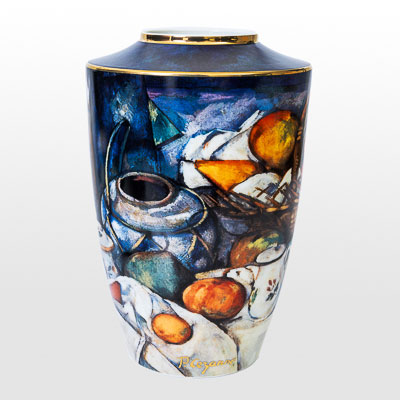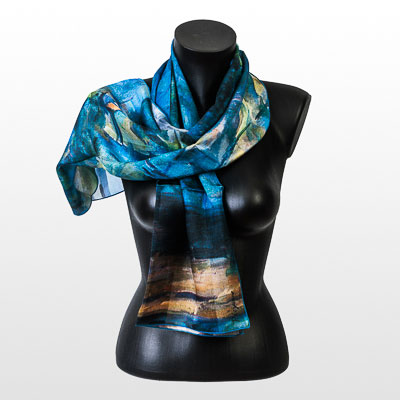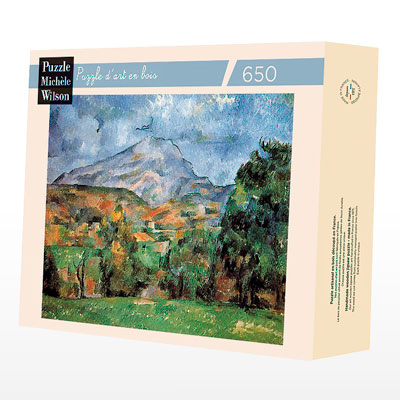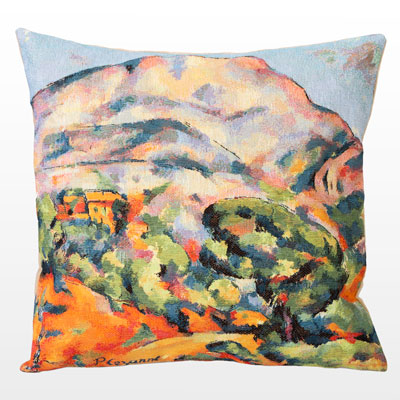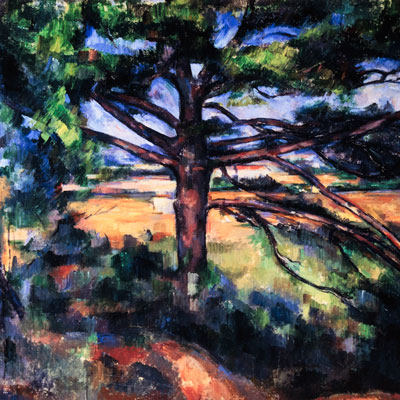Tel : (+33) 4 94 63 18 08
9am - 6pm from Monday to Sunday
All products Paul Cézanne • Products of the topic Impressionism
Paperblanks Journal diary - Paul Cézanne : Terracotta Pots and Flowers
REF : PB-CEZ-01
In stock
Only 1 in stock
Unavailable
16,90 €
Paperblanks Journal diary - Paul Cézanne : "Terracotta Pots and Flowers"
Notebook from the collection : "Impressionism"
Luxurious notebook with a careful handiwork
Realization with metalized colors
With motives in relief
Elastic band closure
Includes : Memento Pouch - Ribbon Marker
Eco friendly product : acid-free paper is made with only certified sustainable forest pulp.
**********************************
Formats available :
MINI 90 x 140 mm - 176 pages
MIDI 130 x 180 mm - 144 pages
ULTRA 180 x 230 mm - 144 pages
Post-impressionism
The post-impressionist period in painting (between the end of the 1880s and 1910s) followed the impressionist movement, which took place between the 1860s and 1890s. The post-impressionists took some of the techniques of impressionism, such as painting outdoors and using vibrant colors, but they also sought to go beyond impressionism by exploring new themes and using more structured forms. Among the most well-known post-impressionist artists are Paul Cézanne (1839-1906), Vincent van Gogh (1853-1890), Georges Seurat (1859-1891), and Henri de Toulouse-Lautrec (1864-1901). Paul Cézanne is known for influencing many subsequent artistic movements, including cubism. His paintings emphasize structure and form rather than color and light, as was the case with impressionism. Vincent van Gogh is best known for his vibrant and expressive paintings, which reflect his difficult life and unstable mental state. His paintings are filled with bright colors and sinuous lines, and they had a significant impact on modern painting. Georges Seurat developed a technique called "pointillism," which involves painting with small dots of color rather than brushstrokes. His paintings are characterized by precise use of color and light, and they also influenced cubism. Henri de Toulouse-Lautrec was known for his paintings and advertising posters that featured the nightlife and cabarets of Montmartre in Paris. His works are characterized by their simple and direct style, and they contributed to the popularity of post-impressionist art among the general public. The post-impressionist period also saw the emergence of many other talented artists, such as Paul Gauguin (1848-1903), André Derain (1880-1954), and Raoul Dufy (1877-1953). Although these artists all had unique styles, they were all influenced by impressionism and contributed to the evolution of painting art during this period.
Discover the artist
Cézanne Paul
Paul Cézanne was a French impressionist painter, precursor of cubism and lover of the Sainte Victoire mountain.
Less readable than Monet or Renoir, Paul Cézanne's taste for repetition, his search for a painting freed from the line of the drawing, his pictorial capacity to recut space (which prefigured cubism) made his work more difficult to decipher, but probably also denser.
It should be noted that his still lifes are one of the most remarkable expressions of his painting.





